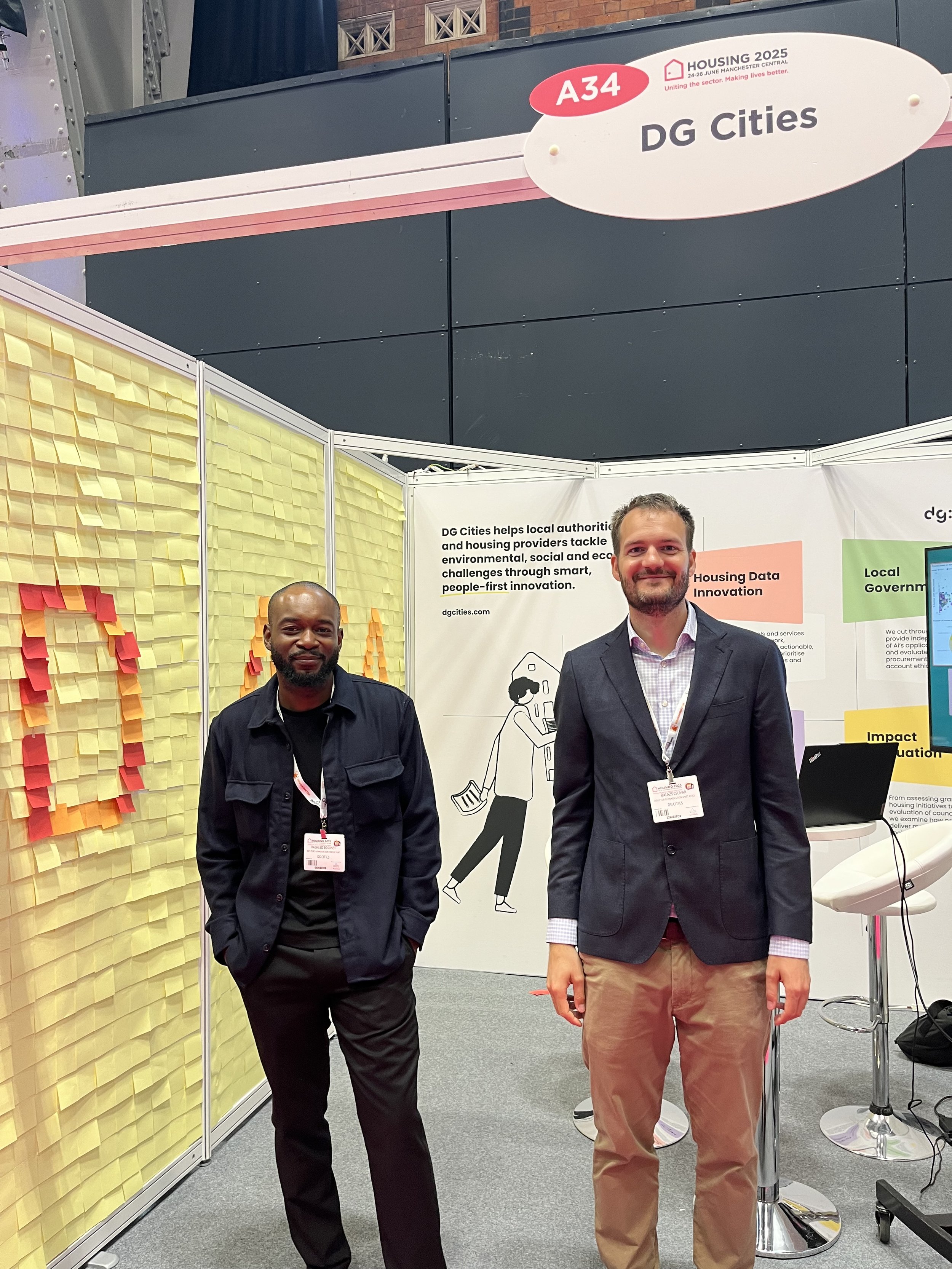The rise of computers and automation starting in the 1970s promised greater efficiency, but for many workers (in the US) — and especially those without university degrees — real wages stagnated or even declined. The benefits of increased productivity were concentrated among the highly educated and capital owners, worsening income inequality.
This rise in automation was coupled with unprecedented neo-liberal tax reforms that were rooted in ‘trickle-down’ economics, that no doubt amplified income inequalities, therefore it’s difficult to directly attribute the fall in real wages to automation.
These examples reveal the key flaw in the productivity assumption: while technological advances drive productivity, they don’t guarantee better outcomes for workers. For that to happen, we must actively shape the conditions under which productivity gains are shared.
Creation or displacement?
The real question isn’t whether AI can increase productivity — it undoubtedly will — but what type of productivity we are fostering. Productivity that creates new tasks and industries can generate opportunities for workers. In contrast, productivity that automates existing tasks often leads to job displacement, pushing wealth upwards rather than spreading it across the economy.
This differentiation is critical.
The plan’s third assumption - AI’s ability to create new opportunities - recognises this challenge, but doesn’t address it head-on. The AI Opportunity Action Plan relies on market forces to create these new opportunities, ignoring the lessons of the digital age. Without targeted policies, there’s no guarantee the market will fill the gaps left by displaced jobs, especially under the deregulatory stance outlined in the plan.
The positioning the government has taken comes as a greater surprise, given the threats identified on lower-skilled jobs in the 2021 report by the Department for Business, Energy and Industrial Strategy - an analysis conducted on the back of Frey and Osbourne’s gloomy prediction in 2019 that around 35% of UK jobs were at high risk of being automated by computers. Although the estimated scale of the impact of automation is yet to materialise, there is no doubt that the recent rapid advancements in AI are going to accelerate this transition in labour demand, and the government needs an AI strategy that prioritises the economic consequences we can no longer ignore.
Nonetheless, by being conscious of the AI products we procure and develop, as organisations we can capitalise, excuse the pun, on the productivity that AI offers without displacing workers. The key message to drive home here is that as organisations, we need to procure AI products that Augment and Create instead of Trimming - but what does this actually mean, and how can this be built into procurement processes?
AI to Augment & Create (A&C)
What does it mean and what benefits does it bring to an organisation?
Now, whether an AI tool is augmenting and creating is entirely dependent on the context of each organisation, AI tools that automate certain tasks can in fact be augmenting and creating, seemingly a contradictory statement based on all that’s been discussed but leads to perhaps the most important distinction.
Every organisation must first take a critical look at their current operations and evaluate the impact automation will have on them. An example here to best demonstrate - if there are critical datasets that are held by your organisation, but could not previously extract the value from because of the extensive cost and resources attached to cleaning, sorting and structuring them, and AI tools can help automate that process at fractions of the cost, then you are bringing value to your organisation without trimming your operations. The distinction lies in understanding how AI interacts with organisational operations, as the same AI tool can streamline one organisation's operations while augmenting another's. It's not a one-size-fits-all solution, but rather a nuanced approach that requires a critical understanding of AI's role within the organisation.
A few examples of the kinds of tools we are talking about:
1. AI-Powered Data Querying and Insight Generation
AI tools can process complex queries across vast datasets, identifying actionable insights that support better decision-making. For example, local authorities might use such tools to analyse housing or transportation data, uncovering trends that inform smarter policy decisions. Similarly, businesses can employ AI to assess operational data, optimising strategies based on clear, data-driven insights.
2. Patient Health Summaries for Healthcare Professionals
AI can consolidate and summarise patient health records, providing doctors with concise yet comprehensive overviews of a patient’s medical history. This enables faster, more informed decision-making, improving treatment outcomes. Additionally, AI transcription tools can handle administrative tasks, such as updating patient records, freeing doctors to focus on seeing more patients and handling critical cases.
3. AI-Driven Sentiment Analysis for Public Engagement
Previously, robustly analysing public sentiment toward local plans or policies was challenging with standard techniques. AI now enables the processing of large volumes of feedback—be it survey responses, social media comments, or public consultations—to evaluate sentiment at scale. This ensures that community perspectives are integrated into the design and planning of local spaces, allowing for longer, more thoughtful, and inclusive planning processes.


























































